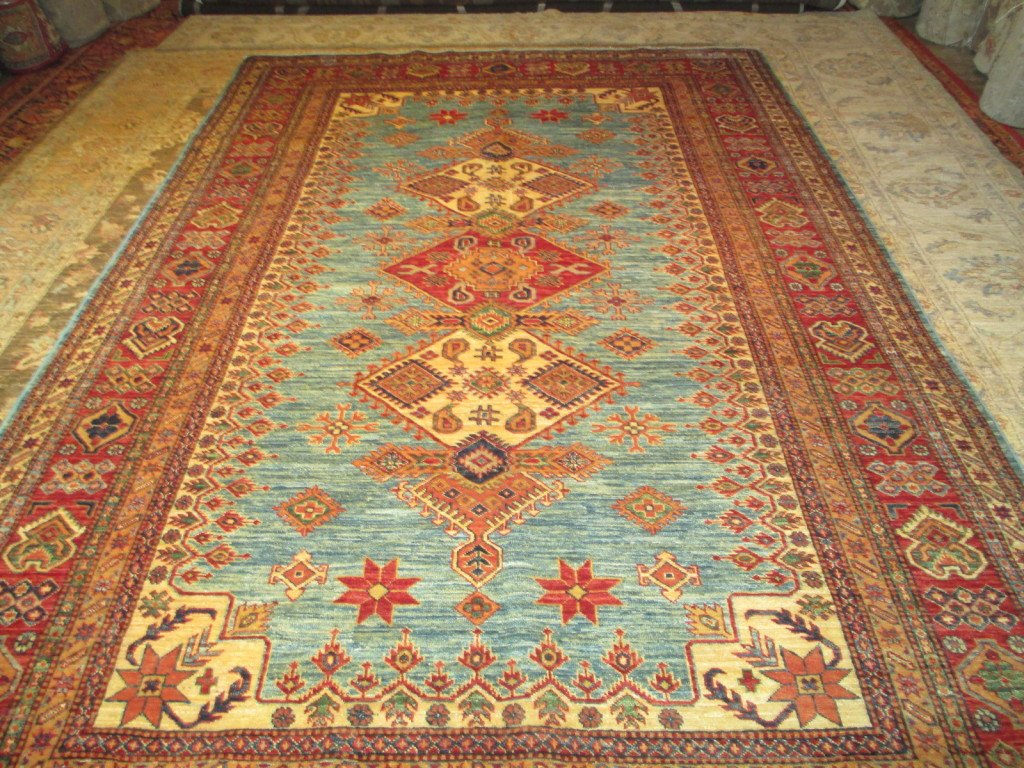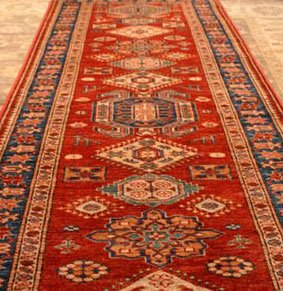The Rich Tradition of Pakistani Rugs
Pakistan, a country steeped in history and culture, has long been renowned for its exquisite rugs. These rugs are more than just floor coverings; they are a testament to centuries-old traditions, a blend of artistry and craftsmanship passed down through generations. A good rug seller not only understands these intricate details but also helps buyers appreciate the value and significance of each piece. This post delves into the beauty of Pakistani rugs and the qualities that define a knowledgeable rug seller.
The Legacy of Pakistani Rugs
Pakistani rugs are distinguished by their intricate designs, vibrant colors, and impeccable craftsmanship. The rug-making tradition in Pakistan has its roots in ancient Persia and Central Asia, with influences from Mughal, Turkoman, and Persian weaving techniques. Over the centuries, Pakistani artisans have developed a unique style that reflects their cultural heritage while also embracing innovation.
- Designs and Patterns: Pakistani rugs are known for their detailed geometric and floral patterns. The most famous among these are the Bokhara, Jaldar, and Chobi designs. Bokhara rugs, for example, are characterized by their repeating oval or diamond motifs, often in deep reds or earthy tones. Chobi rugs, on the other hand, are known for their more muted, vegetable-dyed colors and traditional Persian patterns. These designs not only add aesthetic value but also convey the rich history and cultural significance embedded in each rug.
- Materials and Techniques: High-quality Pakistani rugs are typically made from hand-spun wool or silk, with natural dyes used to create their vivid colors. The wool used is often sourced from local sheep, known for their soft and durable fleece. The weaving process itself is an intricate and time-consuming endeavor, often taking months to complete a single rug. The weavers use traditional hand-knotting techniques, with the number of knots per square inch being a key indicator of a rug’s quality. The more knots, the finer and more detailed the rug will be.
- Cultural Significance: Beyond their visual appeal, Pakistani rugs carry deep cultural significance. They are often made by families or communities, with each rug representing a collective effort and a piece of cultural heritage. In many cases, the designs are symbolic, representing everything from religious beliefs to regional identities.
We are now by Appointment Only – Call Us at 510-339-2472 to schedule your viewing
The Expertise of a Good Rug Seller
Navigating the world of rugs can be overwhelming, especially for those unfamiliar with the craft. This is where the expertise of a good rug seller comes into play. A knowledgeable seller does more than just facilitate a transaction; they guide buyers through the process, helping them make informed decisions.
- Deep Knowledge of Rug Types: A good rug seller should possess an extensive understanding of different rug types, their origins, and their unique characteristics. They should be able to explain the differences between various Pakistani rugs, such as the Bokhara, Chobi, or Jaldar, and provide insight into the materials and techniques used. This knowledge enables them to match buyers with rugs that meet their aesthetic preferences, lifestyle needs, and budget.
- Honesty and Transparency: Transparency is crucial in rug selling. A reputable seller will provide clear information about the rug’s origin, age, materials, and any repairs or restorations it may have undergone. They should be honest about the rug’s quality and whether it is handmade or machine-made. This transparency builds trust and ensures that buyers know exactly what they are purchasing.
- Customer-Centric Approach: A good rug seller listens to the customer’s needs and preferences, offering personalized recommendations rather than pushing a sale. They should ask about the intended space for the rug, the buyer’s design preferences, and how the rug will be used. This customer-centric approach ensures that the buyer finds a rug that not only fits their home but also resonates with their personal taste.
- Passion for the Craft: Finally, a truly great rug seller is passionate about the craft. This passion is evident in the way they speak about rugs, their enthusiasm for sharing the history and stories behind each piece, and their commitment to preserving the tradition of rug-making. This passion often translates into a more meaningful buying experience for the customer, as they come away with not just a rug, but an appreciation for the artistry and culture behind it.
Conclusion
Pakistani rugs are more than just beautiful pieces of décor; they are works of art that embody centuries of cultural heritage and craftsmanship. Buying a Pakistani rug is not just about choosing a product but engaging with a rich tradition. The expertise of a good rug seller is invaluable in this process, as they help buyers navigate the complexities of the rug world, ensuring that they make informed and satisfying choices. Whether you are a seasoned collector or a first-time buyer, finding a knowledgeable and passionate rug seller will enhance your appreciation for these timeless pieces and help you find the perfect rug for your home.
We are now by Appointment Only – Call Us at
510-339-2472 to schedule your viewing

Montclair Rug Gallery – call for appointment – 510-339-2472
Serving the communities of:
Oakland, Montclair, Piedmont, Berkeley, Orinda, Kensington, Emeryville
